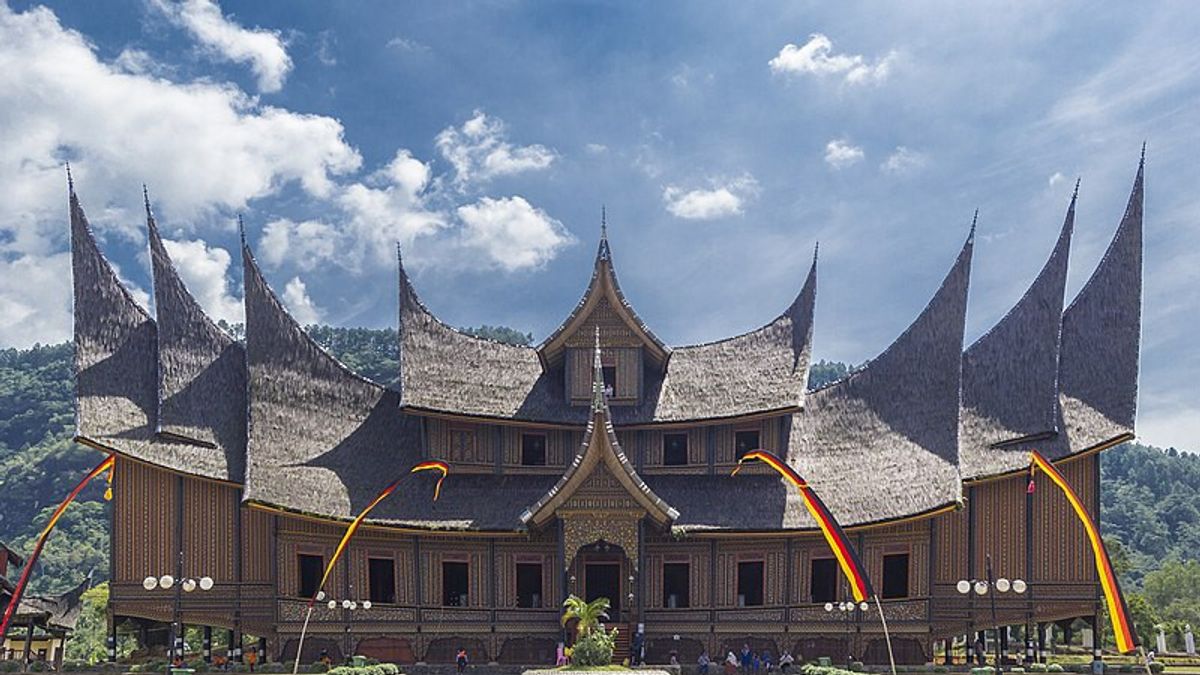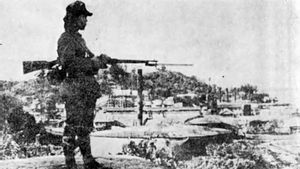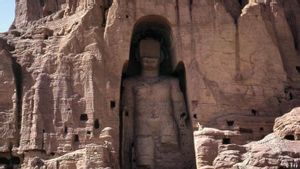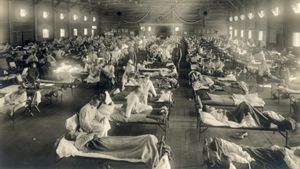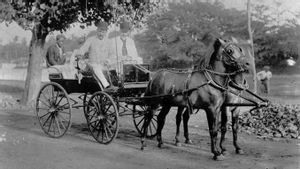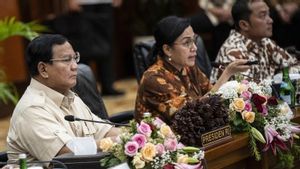JAKARTA- Today 200 years ago, or March 4, 1822, to be precise, the Dutch succeeded in repelling the Padri from the Pagaruyung Kingdom, West Sumatra. Dutch East Indies Lieutenant Colonel Raaff is behind it. He came on the orders of the Indigenous People to crush the Padri. The spell was successful. Previously, the Padri War was a war waged by Wahhabi scholars. The reluctance of the Indigenous People to apply Islamic law is the estuary. Moreover, sinful activities continue to be perpetuated. War was launched.
There were not a few scholars who led the resistance against the Dutch. Minangkabau scholars, for example. Haji Miskin, Haji Piabang, and Haji Sumanik. After returning from the holy land of Mecca, those who were heavily influenced by the Wahhabi sect were not only angry with the Dutch colonialism. This anger also arose because many of the local royal groups (the Indigenous People) did not fully implement Islamic law.
They also have a desire to carry out Islamic purification in Minangkabau land. The goal is that Minangkabau land is free from all kinds of activities that are prohibited by religion. The movement immediately received more attention from other scholars. They then make groups. Known as "The Padri".

"Of course, the purification movement of the three young clerics met strong resistance from the Indigenous People. Upheaval ensued. Tuanku Sumanik faced such great resistance in his country that he was forced to move to Lintau. Haji Miskin also faced no less severe resistance at Pandai Sikek until he was forced to move to Ampek Angkek. Only Tuanku in Piabang doesn't have much of a challenge.”
"The Padri clerics are again trying to approach negotiations with the Pagaruyung Kingdom so that the people and the King want to purify Islamic teachings by removing customs that are not in accordance with Islamic teachings. However, in 1803 the negotiations reached a stalemate which led to an armed conflict between the Padri and the Indigenous peoples known as the Padri War," said Adi Teruna Effendi et al in the book Jejak Islam di Nusantara (2019).
The war was long. The Padri attacked the Pagaruyung Kingdom which actually rejected the purification of Islam. Sultan Tangkal Alam Bagagar, the leader of the Indigenous People is considered to have turned a blind eye to the practice of blasphemy. From gambling, the use of drugs, to the consumption of liquor.

Shortly after, the Pagaruyung Kingdom which became the basis of the Indigenous People was controlled by the Padri. The owner of the power immediately fled. In fact, the sultan not only fled, but those who did not accept defeat immediately also cooperated with the Dutch. Because of this, the Padri was bothered by the Dutch, so they fled from Pagaruyung. This event was the most decisive and became the main cause of the defeat of the Padri in the future.
“To strengthen it, on December 8, 1821, the Dutch East Indies government sent troops led by a lieutenant-colonel, Antoine Theodore Raaff from the de Militaire Willems-Orde unit. After careful planning, on March 4, 1822, Raff's troops succeeded in repelling the Padri out of the Pagaruyung area. After that, the Dutch East Indies government built a fort for Fort Van der Capellen, in Batusangkar,” concluded Joko Darmawan in the book Ketika Nusantara Berbicara (2017).
*Read other information about TODAY'S HISTORY or read other interesting articles from Detha Arya Tifada.
SEE ALSO:
The English, Chinese, Japanese, Arabic, and French versions are automatically generated by the AI. So there may still be inaccuracies in translating, please always see Indonesian as our main language. (system supported by DigitalSiber.id)
